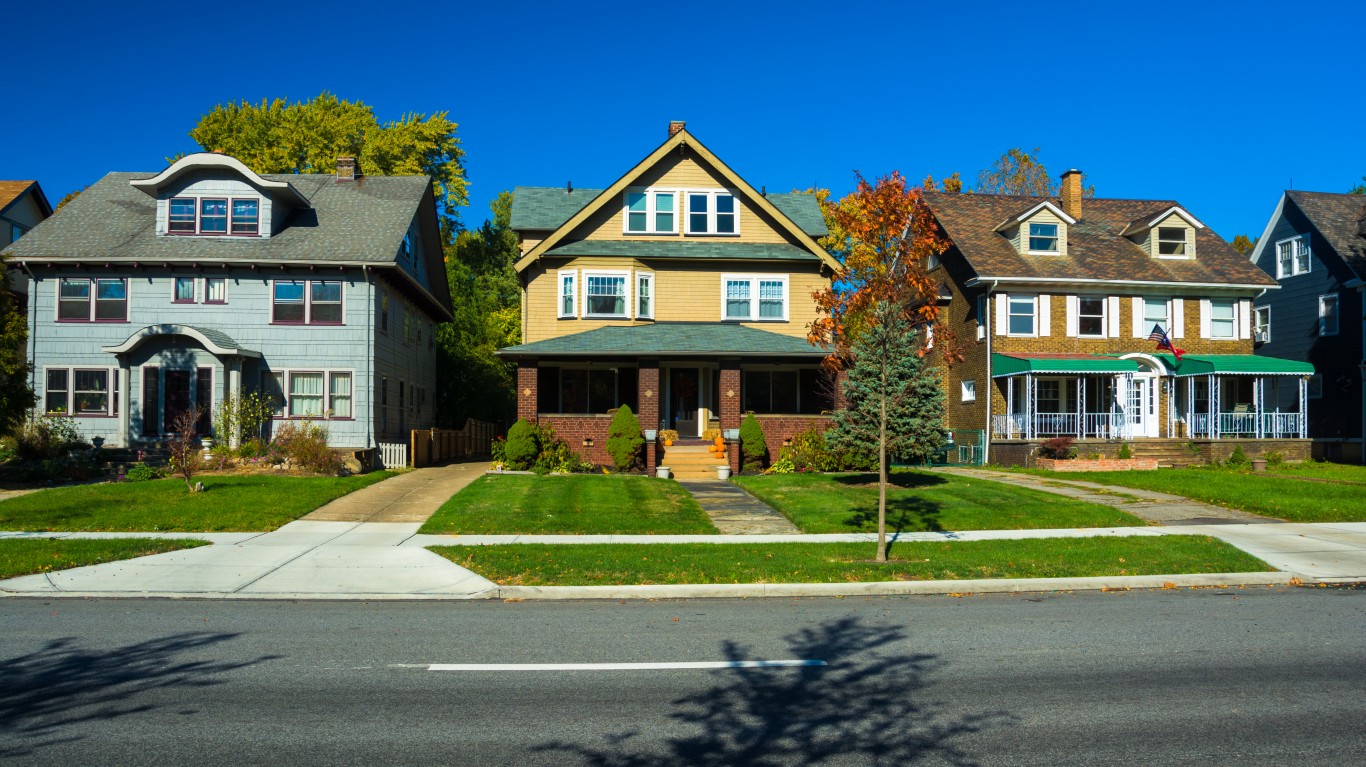
The S&P CoreLogic Case-Shiller national home price index rose 4.7% year over year in December to a non-seasonally adjusted (NSA) index of 205.35. That’s 0.4 percentage points less than the month-over-month increase posted in November. December marks the fifth consecutive month that home prices have grown more slowly.
In all U.S. cities included in the 20-city home price index, December house prices ticked down 0.1% year over year, with 12 of 20 also posting NSA month-over-month decreases. On a seasonally adjusted basis, prices rose 0.2% on the 20-city index.
In eight U.S. cities, price increases have fallen well below 4% year over year, a growth rate that barely, if at all, keeps up with wage growth. David M. Blitzer, chair of the S&P index committee, said: “Even at the reduced pace of 4.7% per year, home prices continue to outpace wage gains of 3.5% to 4% and inflation of about 2%. A decline in interest rates in the fourth quarter was not enough to offset the impact of rising prices on home sales. The monthly number of existing single-family homes sold dropped throughout 2018, reaching an annual rate of 4.45 million in December. The 2018 full-year sales pace was 4.74 million.”
The eight cities with year-over-year price increases below 4% are:
- San Diego: 2.3%
- Washington, D.C.: 2.7%
- Chicago: 3.0%
- New York: 3.3%
- San Francisco: 3.6%
- Los Angeles: 3.7%
- Portland: 3.9%
- Dallas: 3.9%
The Case-Shiller index tracks prices on a three-month rolling average. December represents the three-month average of October, November and December prices.
Average home prices for November remain comparable to their levels in the winter of 2007.
Blitzer also noted that despite recent gains, Las Vegas and Phoenix, up 11.4% and 8.0%, respectively year over year, remain the furthest below any other city in the index compared to their peaks in 2006.
Compared to their peak in the summer of 2006, home prices are now 0.1% higher on the 10-city index. On the 20-city index, home prices are now 3.2% higher. Since the low of March 2012, home prices are up 54.7% and 58.8% on the 10-city and 20-city indexes, respectively. On the national index, home prices are now 11.2% above the July 2006 peak and 53.2% higher than their low-point in February 2012.
Housing and home prices are a useful gauge of the economy’s health, and right now, it appears that home prices are on track to persist on their desultory course higher. Momentum, whether caused by already-high prices or higher interest rates, has not returned to the housing market and does not appear headed in that direction at the beginning of the new year.
| Metropolitan Area | December 2018 | 1-Year Change (%) |
|---|---|---|
| Atlanta | 148.84 | 5.90% |
| Boston | 215.57 | 5.30% |
| Charlotte | 159.24 | 5.20% |
| Chicago | 142.55 | 3.00% |
| Cleveland | 122.47 | 4.60% |
| Dallas | 187.93 | 3.90% |
| Denver | 215.13 | 5.50% |
| Detroit | 123.55 | 5.30% |
| Las Vegas | 190.28 | 11.40% |
| Los Angeles | 281.66 | 3.70% |
| Miami | 239.83 | 5.20% |
| Minneapolis | 172.04 | 5.50% |
| New York | 202.12 | 3.30% |
| Phoenix | 187.55 | 8.00% |
| Portland | 231.99 | 3.90% |
| San Diego | 251.91 | 2.30% |
| San Francisco | 261.67 | 3.60% |
| Seattle | 244.28 | 5.10% |
| Tampa | 213.85 | 5.30% |
| Washington | 227.27 | 2.70% |
| Composite-10 | 226.61 | 3.80% |
| Composite-20 | 212.96 | 4.20% |
| U.S. National | 205.35 | 4.70% |
Sources: S&P Dow Jones Indices and CoreLogic
In 20 Years, I Haven’t Seen A Cash Back Card This Good
After two decades of reviewing financial products I haven’t seen anything like this. Credit card companies are at war, handing out free rewards and benefits to win the best customers.
A good cash back card can be worth thousands of dollars a year in free money, not to mention other perks like travel, insurance, and access to fancy lounges.
Our top pick today pays up to 5% cash back, a $200 bonus on top, and $0 annual fee. Click here to apply before they stop offering rewards this generous.
Flywheel Publishing has partnered with CardRatings for our coverage of credit card products. Flywheel Publishing and CardRatings may receive a commission from card issuers.
Thank you for reading! Have some feedback for us?
Contact the 24/7 Wall St. editorial team.




